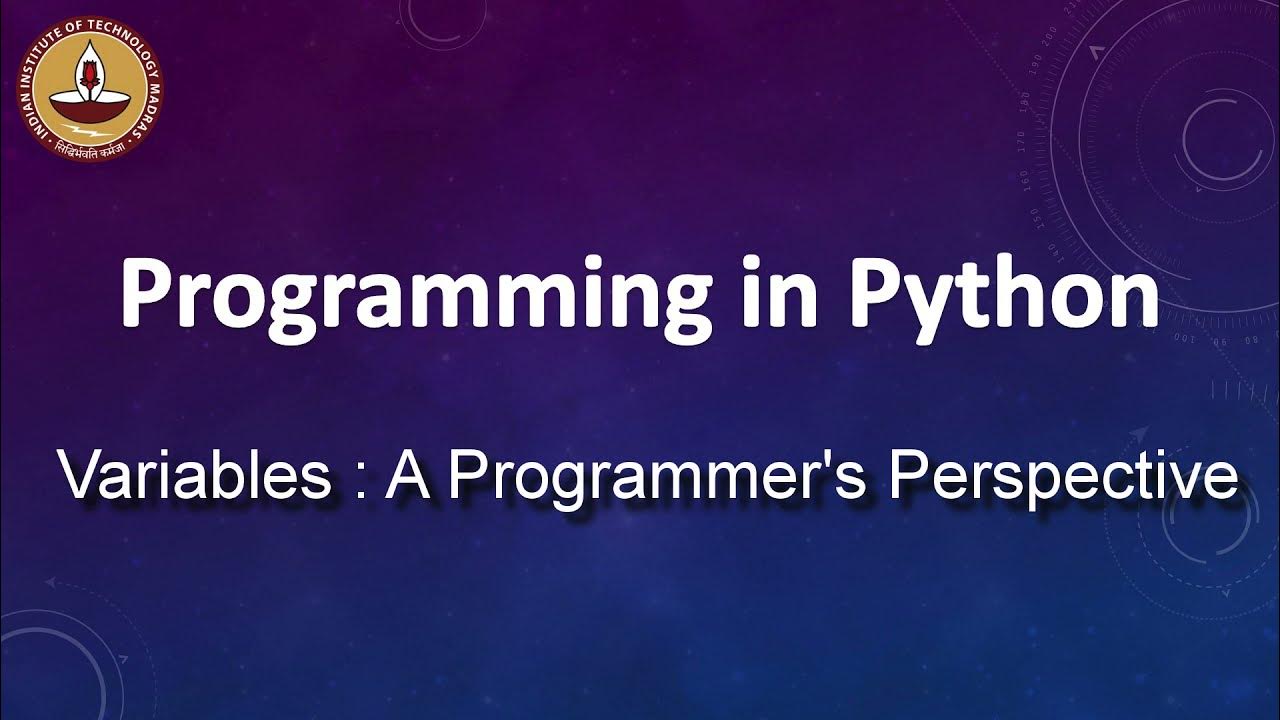3 More Laws of Writing Readable Code
Summary
TLDRThis video emphasizes three core principles for writing clean and maintainable code: 1) **Self-Documenting Code** – ensure function names and logic are clear, reducing the need for redundant comments. 2) **Avoid Magic Numbers** – replace hardcoded values with named constants to improve clarity. 3) **Minimize Function Parameters** – reduce complexity by grouping related parameters into objects, improving readability and reducing errors. Following these principles helps create code that is more intuitive, easier to maintain, and less prone to mistakes.
Takeaways
- 😀 Self-documenting code is crucial. Writing clear, descriptive code eliminates the need for excessive comments and prevents future confusion.
- 😀 Avoid comments that explain obvious code behavior. If the code is readable enough, comments become redundant and may even mislead future developers.
- 😀 Use explicit, meaningful function names. Ambiguous names reduce clarity and hinder understanding of the code's purpose.
- 😀 Magic numbers in code can lead to confusion. Replace hardcoded values with named constants to improve readability and maintainability.
- 😀 Comments explaining business rules or complex logic should be avoided if the code itself can be more descriptive.
- 😀 Function names should directly reflect their purpose. A function like 'calculateAreaOfCircle' makes it clear what is being done, reducing reliance on comments.
- 😀 Overuse of comments to explain business logic often signals the need for a refactor. The code itself should express the intent without excessive annotations.
- 😀 Too many function parameters make code difficult to read and prone to errors. Instead of long parameter lists, group related parameters into objects or structures.
- 😀 Avoid parameter order errors by grouping related parameters into objects or classes, which improves code clarity and prevents mistakes.
- 😀 Using a builder pattern for complex objects (like a user object) reduces the risk of passing incorrect values to functions, making the code more readable and maintainable.
Q & A
What is the first law of clean code discussed in the video?
-The first law of clean code discussed in the video is 'write self-documenting code.' This means that code should be clear enough on its own that it doesn't need excessive comments to explain what it does.
Why should we avoid redundant comments in code?
-Redundant comments should be avoided because they often repeat what the code already conveys. If the code is written clearly, comments become unnecessary and can even mislead developers when the code changes over time.
What problem does ambiguous function naming create?
-Ambiguous function names make the code less self-documenting, as they don't clearly convey the function's purpose. A better approach is to give functions descriptive names that explicitly indicate what they do, like 'calculateAreaOfCircle'.
What is the second law of clean code mentioned in the video?
-The second law of clean code is 'avoid magic numbers.' Magic numbers are hardcoded values with no explanation, making the code less readable and harder to maintain. Instead, use descriptive named constants.
Why are 'magic numbers' problematic in code?
-Magic numbers are problematic because they are not descriptive, making it difficult for others (or even the original developer) to understand their significance in the code. Using named constants provides clarity and maintainability.
What is an example of using named constants to avoid magic numbers?
-In the tax calculation example, instead of using raw values like 1000 for the price threshold and 0.1 for the tax rate, you can use named constants like 'PRICE_THRESHOLD' and 'TAX_RATE_NORMAL' to make the code more understandable.
What is the third law of clean code discussed in the video?
-The third law of clean code is 'avoid too many function parameters.' Having too many parameters in a function can make it difficult to understand and prone to errors.
What solution is recommended for handling functions with many parameters?
-The recommended solution is to create an object that groups the parameters together, making the function call cleaner. For example, instead of passing many separate values to a function, you could pass a single 'User' object that holds all relevant fields.
How does using a builder pattern improve function readability?
-Using a builder pattern improves function readability by making it clear what values are being set. The builder allows each field of an object to be explicitly defined, preventing errors like swapping values of the same type.
Why is reducing function parameters important for code clarity?
-Reducing function parameters is important because it simplifies the function interface, making it easier to understand. Too many parameters can cause confusion and lead to mistakes when calling the function.
Outlines

此内容仅限付费用户访问。 请升级后访问。
立即升级Mindmap

此内容仅限付费用户访问。 请升级后访问。
立即升级Keywords

此内容仅限付费用户访问。 请升级后访问。
立即升级Highlights

此内容仅限付费用户访问。 请升级后访问。
立即升级Transcripts

此内容仅限付费用户访问。 请升级后访问。
立即升级5.0 / 5 (0 votes)






